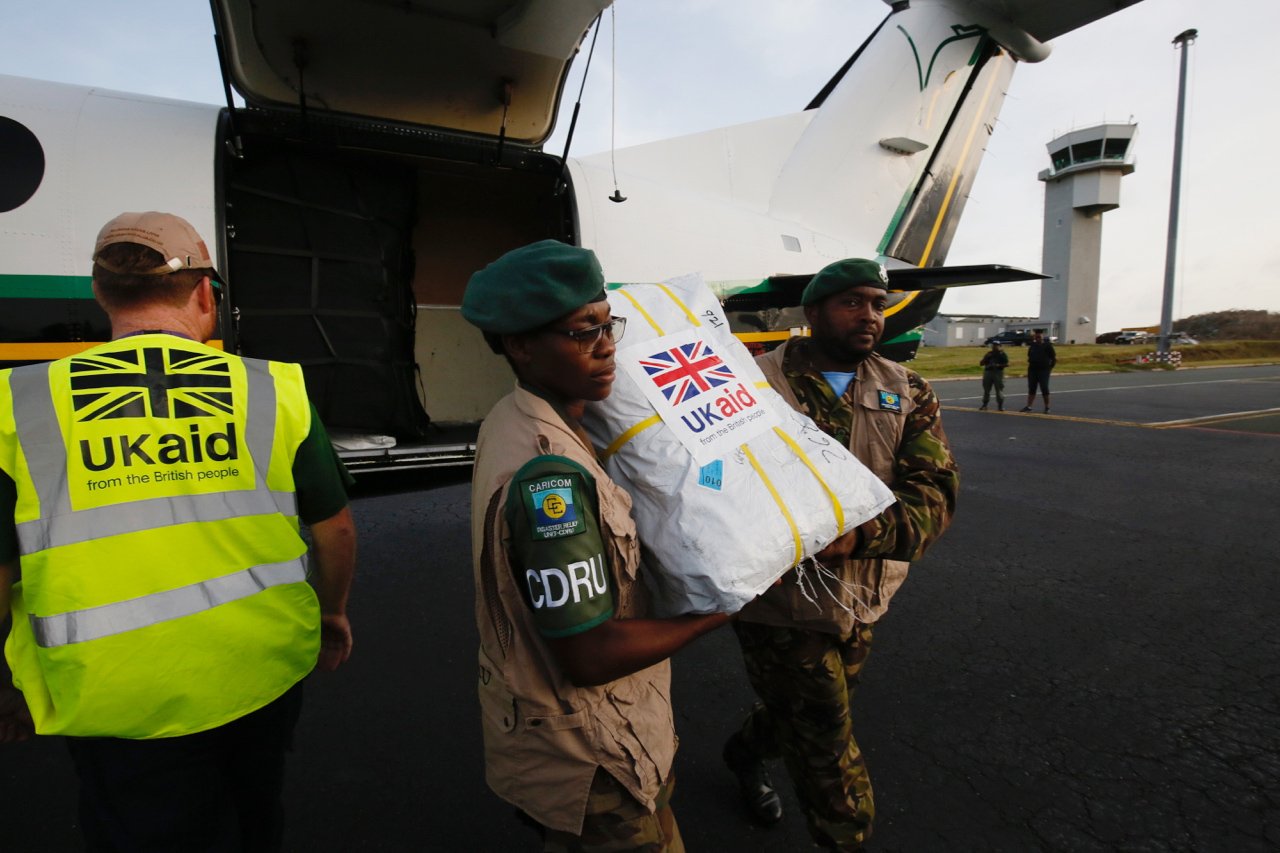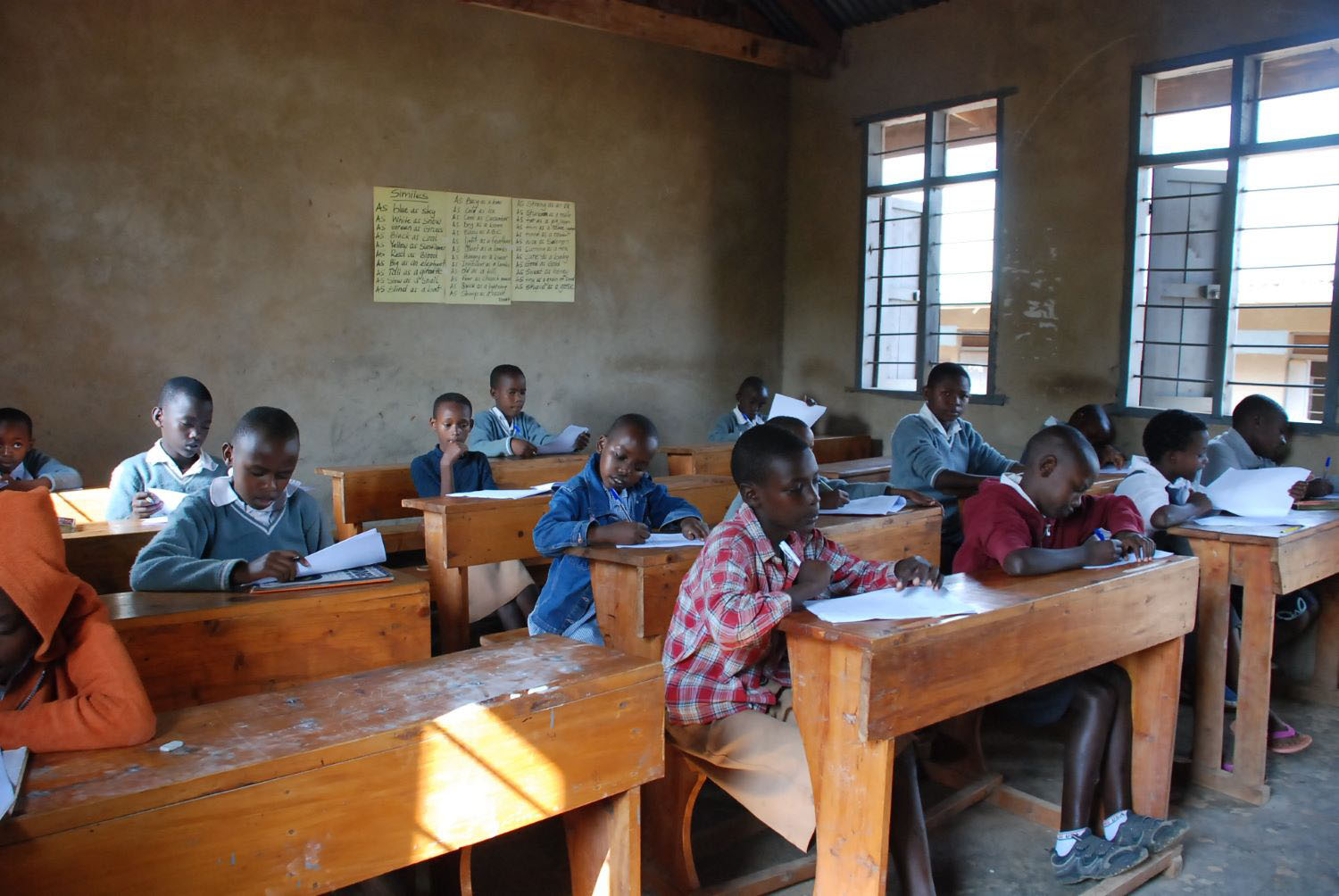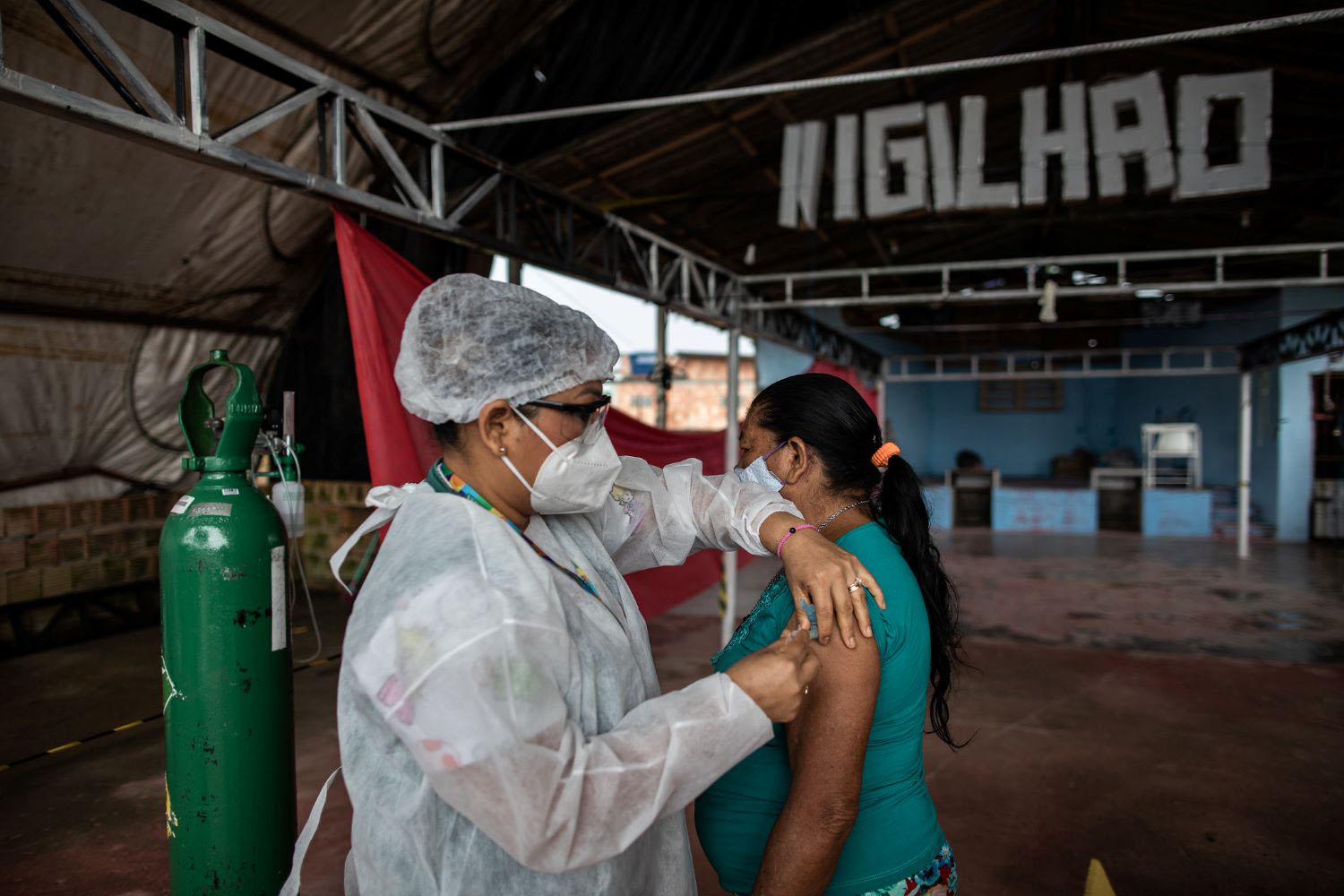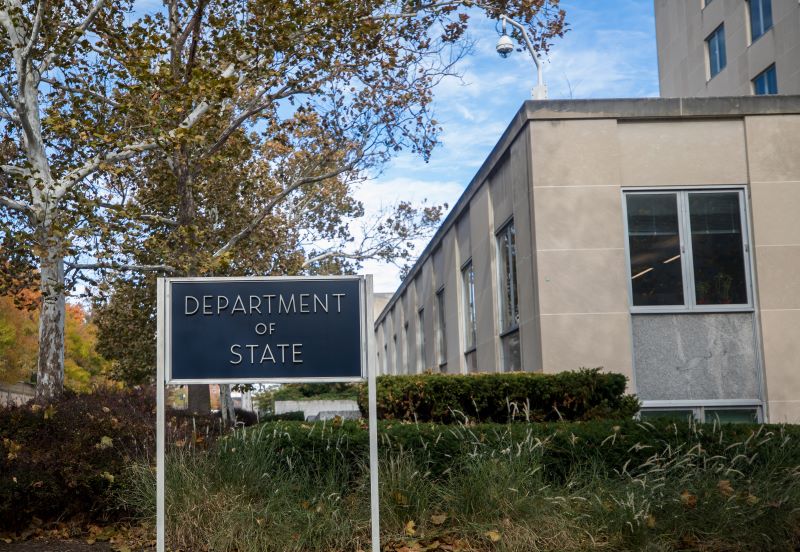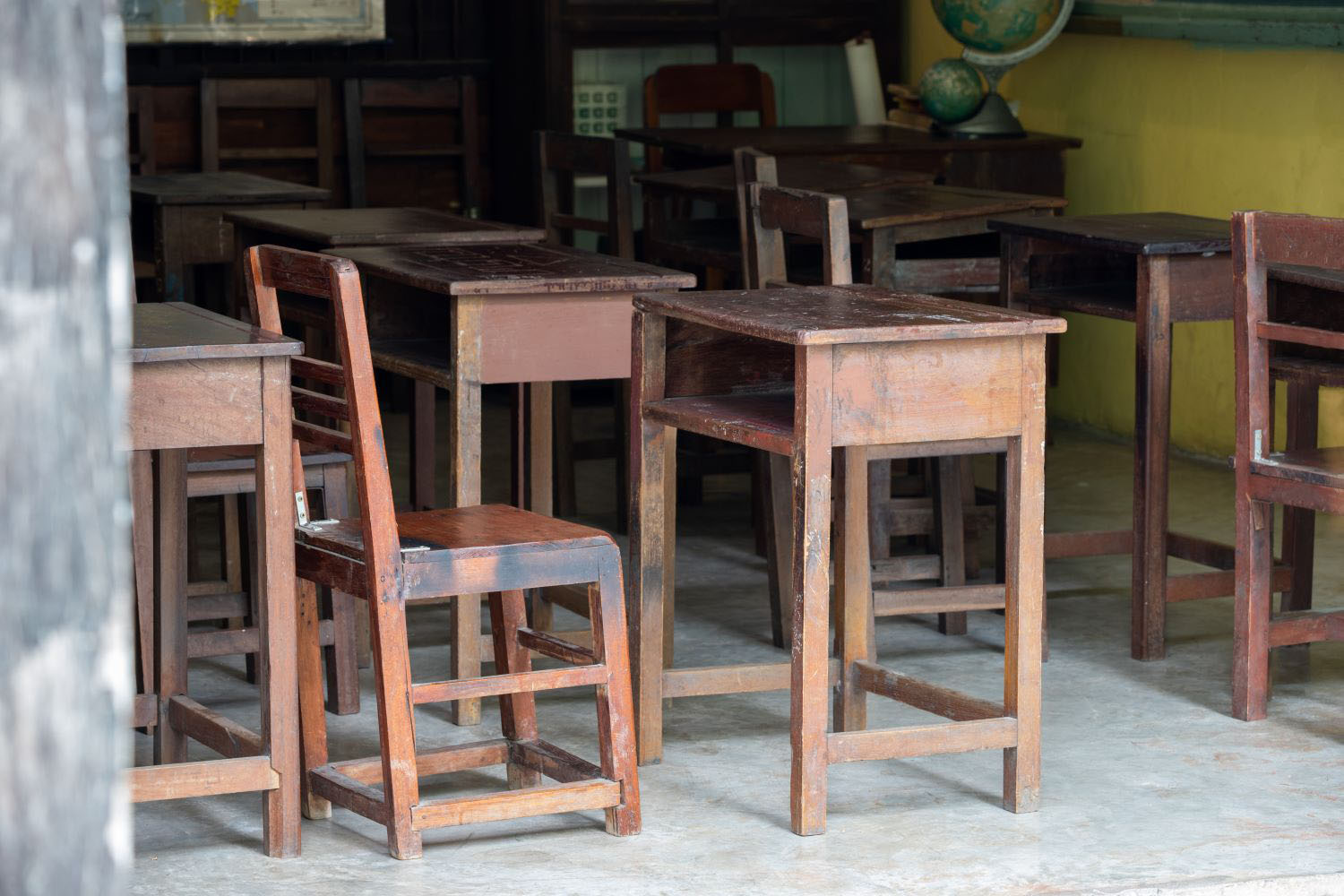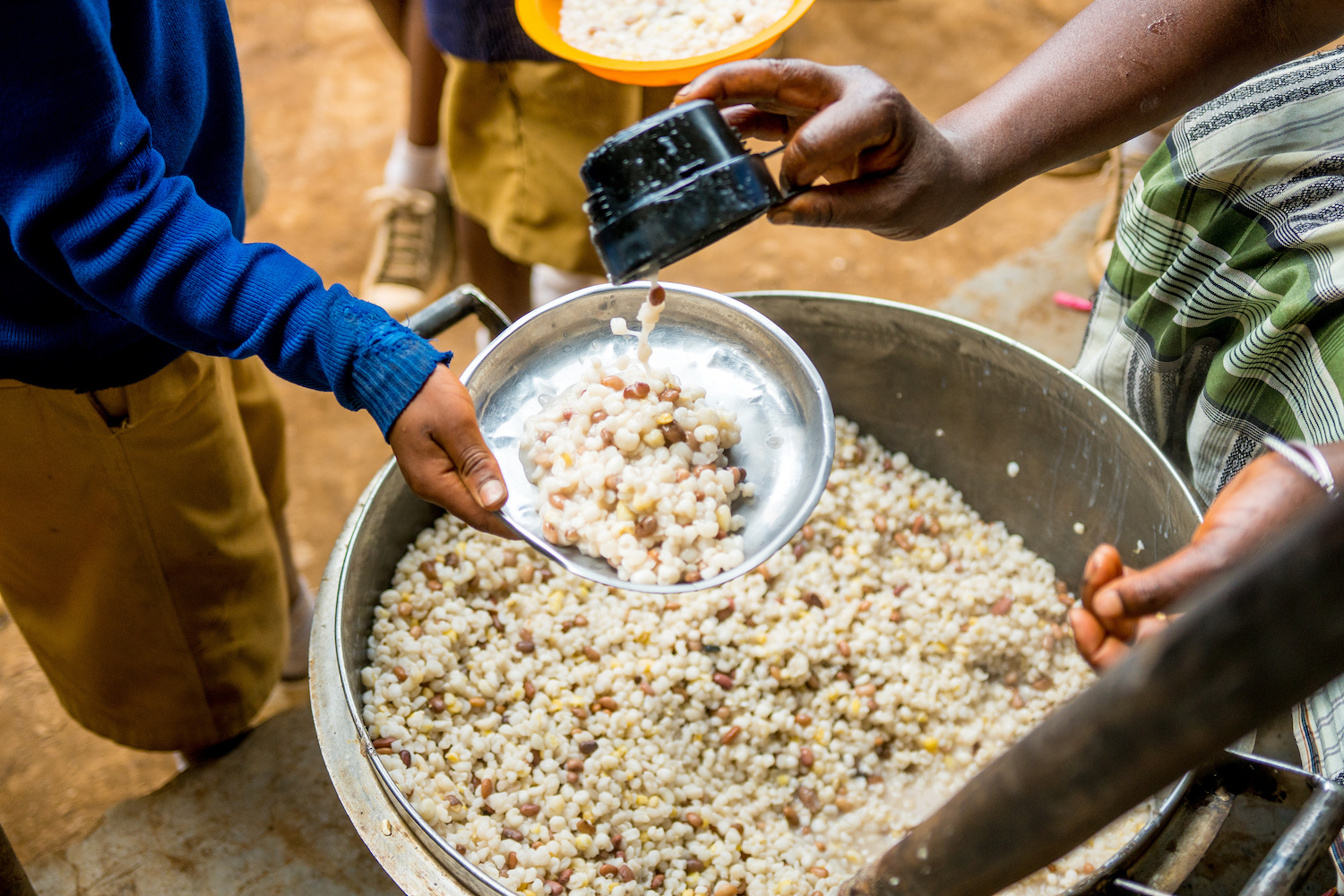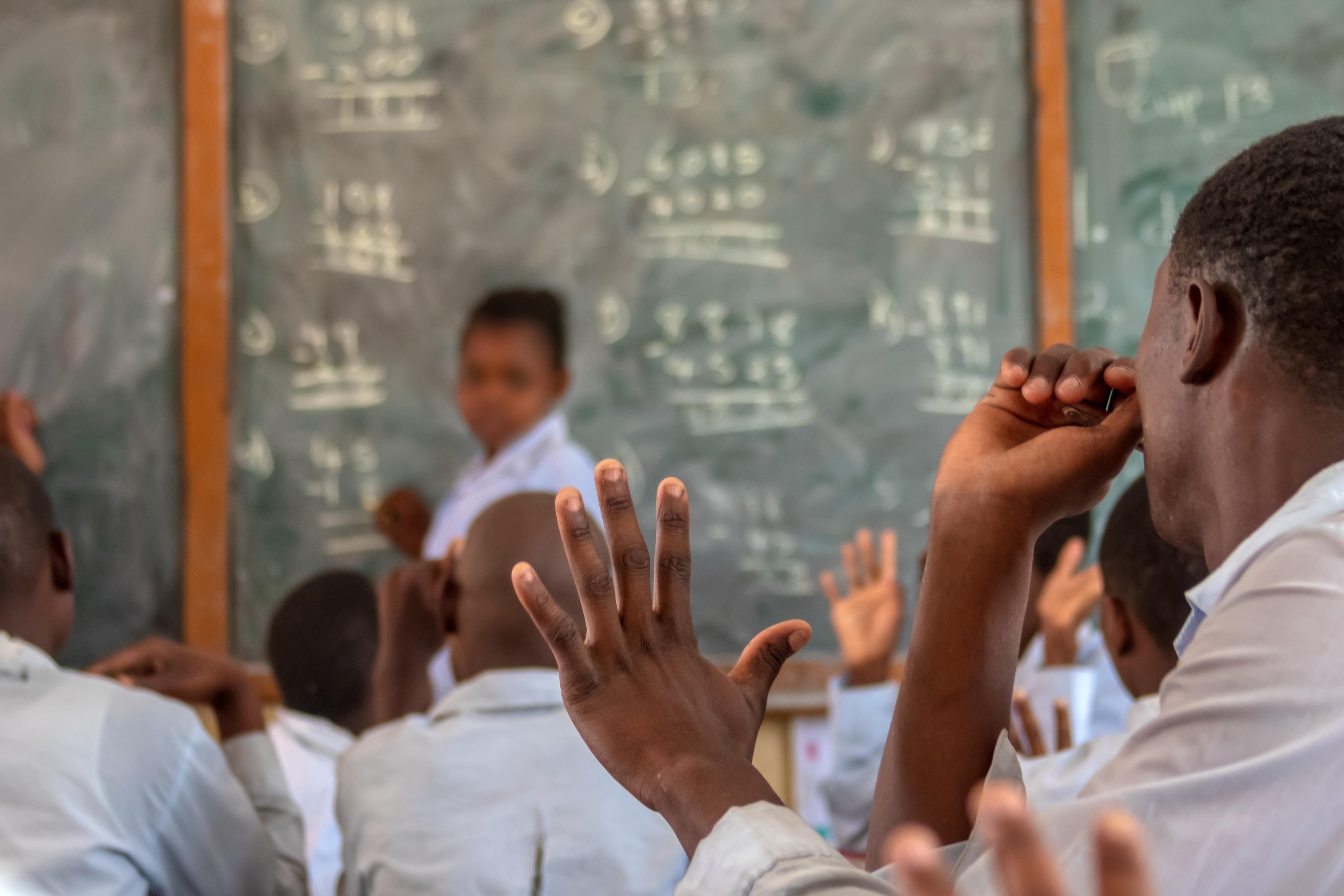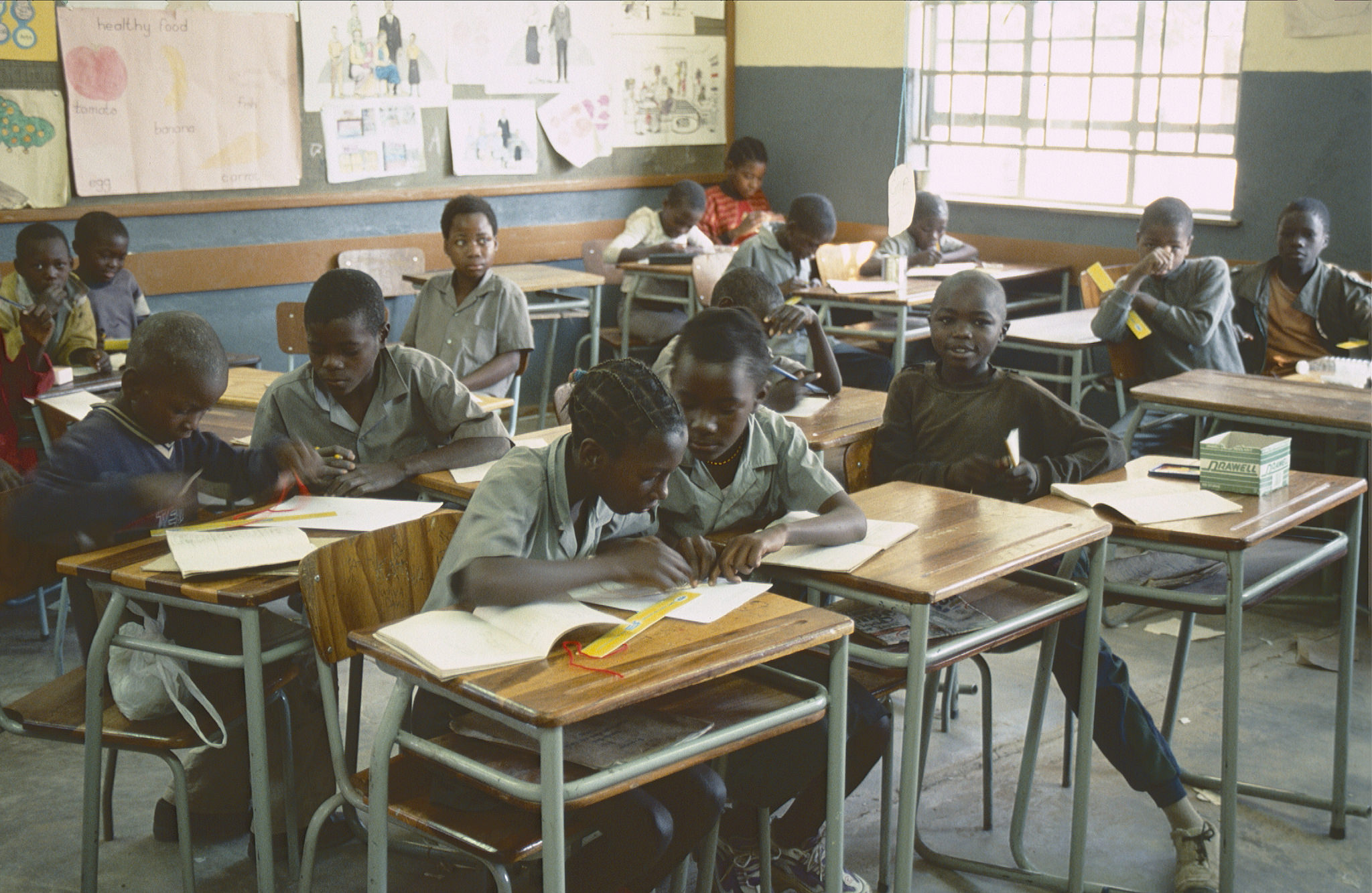Subscribe
Subscribe today to receive CGD’s latest newsletters and topic updates.
All Commentary
Filters:
Topics
Facet Toggle
Content Type
Facet Toggle
Blog Type
Facet Toggle
Time Frame
Facet Toggle
Blog Post
March 21, 2024
As many developing countries approach universal enrollment in primary school, the World Bank has emerged as one of the most prominent advocates for a pivot “from schooling access to learning outcomes” in recent decades. The most recent education strategy of the Bank, adopted in 2011, emphasizes the ...
Blog Post
February 16, 2024
As African heads of state and government meet for the 37th African Union Summit to discuss “educating and skilling an Africa fit for the 21st century,” they face stark choices forced by a stormy economic environment juxtaposed with urgent educational needs. Although the current climate might require...
Blog Post
October 24, 2023
I was thrilled when I read last week that Claudia Goldin had won the Nobel Prize in Economics. I have never met her but you could say I discovered her 20 years ago when her 2003 study with Lawrence Katz entitled “The Power of the Pill: Oral Contraceptives and Women’s Career and Marriage Decisions” w...


